When you look at Apple's financial strategy in 2025, you can't help but notice something fascinating happening in Silicon Valley. While the tech world seems obsessed with building massive AI data centers, Apple has taken a dramatically different approach, one that is raising eyebrows and generating heated debates among investors and analysts alike.
Here's what's particularly striking: The Magnificent Seven tech companies have invested $368 billion in AI-related infrastructure this year alone, pouring unprecedented amounts into data centers and AI capabilities. Meanwhile, Apple has committed over $106 billion to share repurchases in the past 12 months and announced a massive $100 billion buyback program in May 2025. The contrast could not be starker.
This restraint from Apple is not just about caution. It reveals a fundamentally different vision for how AI will be implemented and monetized. Apple tends to enter markets later with refined, user focused solutions, so this looks more like strategic patience than a missed opportunity. While competitors bet that massive cloud infrastructure will create competitive moats, Apple appears to be wagering that a device-centric, ecosystem first approach to AI will not require the same level of infrastructure investment. That divergence says a lot about how the biggest players see the future, and it sets up one of the most interesting strategic splits in tech.
The buyback boom: Apple leads an unprecedented surge
Let's talk numbers, because they are staggering. U.S. companies crossed the $1 trillion buyback milestone at the fastest pace ever recorded by August 2025. Projections suggest total announced buybacks could reach $1.3 trillion for the year. That is not a typo.
Apple sits at the center of this surge with good reason. The company has spent $106.9 billion on buybacks in the last 12 months. For perspective, Apple has repurchased $704 billion in stock over the past decade. That is not just aggressive capital allocation, it is a statement of confidence that its business model and ecosystem can outperform uncertain infrastructure bets.
This buyback leadership also positions Apple for very different economic scenarios. The top 20 S&P 500 companies accounted for nearly half of all buybacks in Q1 2025, yet Apple’s approach feels more like patient capital than a scramble to deploy cash. With Apple's $300 billion cash stash exceeding the GDP of countries like Denmark or Malaysia, the company can wait for the AI infrastructure race to shake out while keeping maximum flexibility.
Why competitors are betting big on data center infrastructure
Here is where the strategy split really shows. While Apple returns cash to shareholders, major tech companies like Microsoft, AWS, Google, and Meta are channeling historic amounts of cash into new data centers for AI workloads. It is not just more servers, it is a bet on a different monetization model.
The scale points to a theory of advantage. Data centers consumed 460 terawatt-hours in 2022, representing 2% of global electricity usage, and that figure is projected to climb. Companies making these outlays are betting that controlling the infrastructure layer will create durable moats in AI, essentially acting like utilities for the AI economy.
This is a clear capital allocation trade off that is reshaping the sector. Goldman Sachs research indicates AI focused capital expenditure is directly crowding out traditional buybacks, as companies redirect cash toward transformational growth opportunities. The numbers back it up. While the Magnificent Seven companies, excluding Apple, demonstrated S&P 500 companies reporting 24% year-over-year capital expenditure growth during Q2 2025, gross buybacks declined by 1% in the same period.
Apple's unique position: cash abundance meets strategic patience
Apple’s restraint in this arms race runs deeper than being slow footed. The company's approach to AI infrastructure has been notably cautious, which fits its long history of letting others rush to market while it tunes the user experience. When Apple has delayed or canceled many advanced AI features it once promised, that may look like a stumble. It could also be discipline. Ship when it actually improves the ecosystem, not just to match a checklist.
The financial engineering underscores that mindset. Apple spent $26.2 billion on buybacks in early 2025 despite a P/E ratio of 34.8x, above its historical average. And Apple has taken on over $100 billion in long-term debt at interest costs exceeding 4%, using that to fund buybacks while preserving offshore cash for strategic options.
This debt funded approach suggests Apple is not short on ideas. It is making a calculated bet that a device centric AI strategy will prove more valuable than cloud heavy approaches. By preserving cash and returning capital, Apple keeps optionality, and signals it does not need to mirror rivals’ infrastructure spending to stay competitive in AI.
The market implications: different paths, uncertain outcomes
Step back and the market dynamics come into focus. Goldman Sachs projects that S&P 500 buybacks will rise 12% to $1.2 trillion next year, though that path depends on how long elevated AI capital spending lasts among big tech. Apple, with its buyback emphasis, looks like a steady source of shareholder returns while others prioritize long dated infrastructure bets over immediate value.
Policy adds another twist. The Inflation Reduction Act introduced a 1% excise tax on corporate share repurchases effective January 2023, with potential increases to 4% being considered. Even with that headwind, Apple’s commitment suggests management sees larger risks and uncertainty in pouring capital into data centers right now.
Success will hinge on which vision of AI monetization proves correct. Companies using buybacks as part of their capital allocation strategy need to show they are repurchasing at attractive valuations, while rivals must turn infrastructure outlays into defensible advantages that justify the spend. It is a live experiment, immediate shareholder yield versus long term positioning.
What this means for Apple's future in the AI era
Apple’s financial strategy signals confidence that its ecosystem and device centric approach can compete in AI without matching peers’ infrastructure budgets. Rather than racing to build capacity for AI services with uncertain demand, Apple seems content to wait, improve what it already does well, and let the dust settle. Apple's stagnant iPhone growth and abandoned EV plans might hint at limited high return reinvestment options, yet for a mature company in a murky transition, that restraint can be a strategy.
The core question is straightforward. Will an ecosystem driven approach, with more intelligence processed on device and tight hardware software integration, beat cloud first strategies? Apple’s outsized cash returns suggest management believes its current advantages will carry into AI, without building the same kind of foundational infrastructure as cloud leaders.
This also fits Apple’s usual timing. Let others build the pipes, then deliver a refined experience that leans on unique ecosystem strengths. The success of buyback strategies depends on whether shares are undervalued and whether cash would earn more in organic growth. Apple’s bet is that device centric AI will create more defensible advantages than jumping into a cloud infrastructure arms race that could turn commoditized.
Bottom line, Apple’s massive commitment to buybacks, while competitors flood AI data centers with capital, marks one of the biggest strategy rifts in recent tech history. Whether it proves brilliant or misguided will ride on AI monetization models, and on whether a device first, ecosystem driven path can hold its own against cloud heavy plays. The $500 billion cash-to-buybacks shift signifies a focus on shareholder returns over organic growth, and it may be the most rational response to an AI transition full of unknowns. For now, Apple shareholders are reaping record capital returns, while the company keeps maximum strategic flexibility for an AI future that is still taking shape.




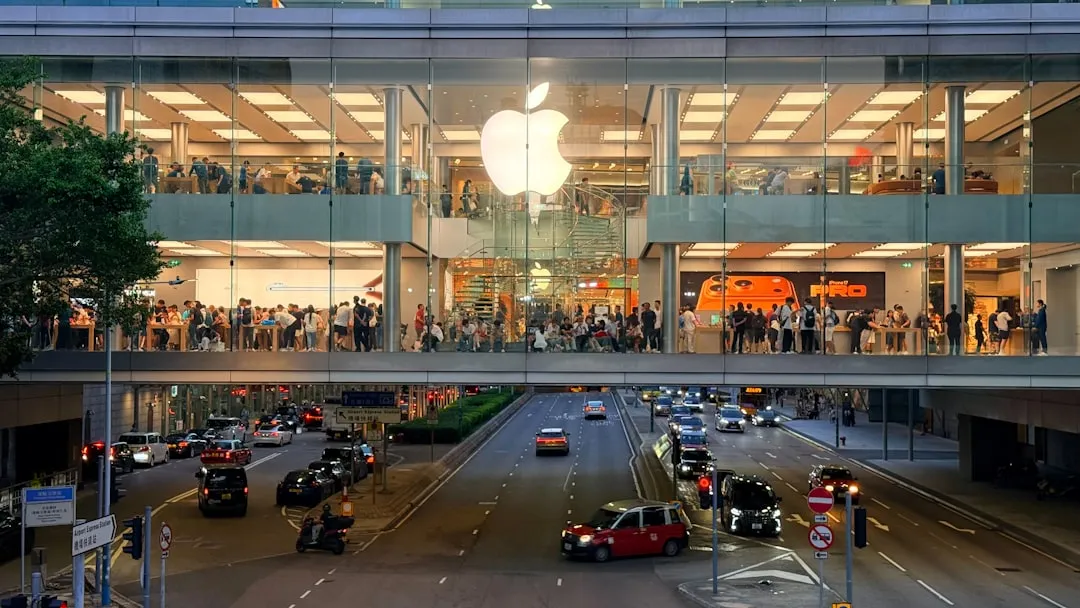
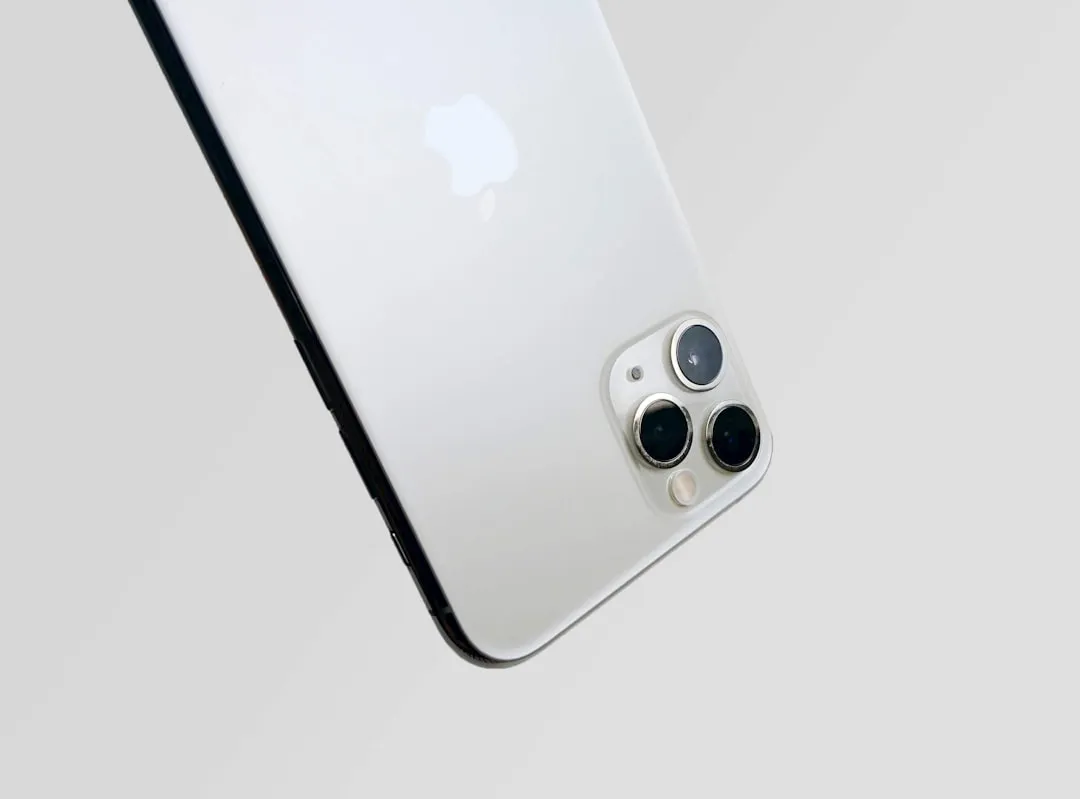




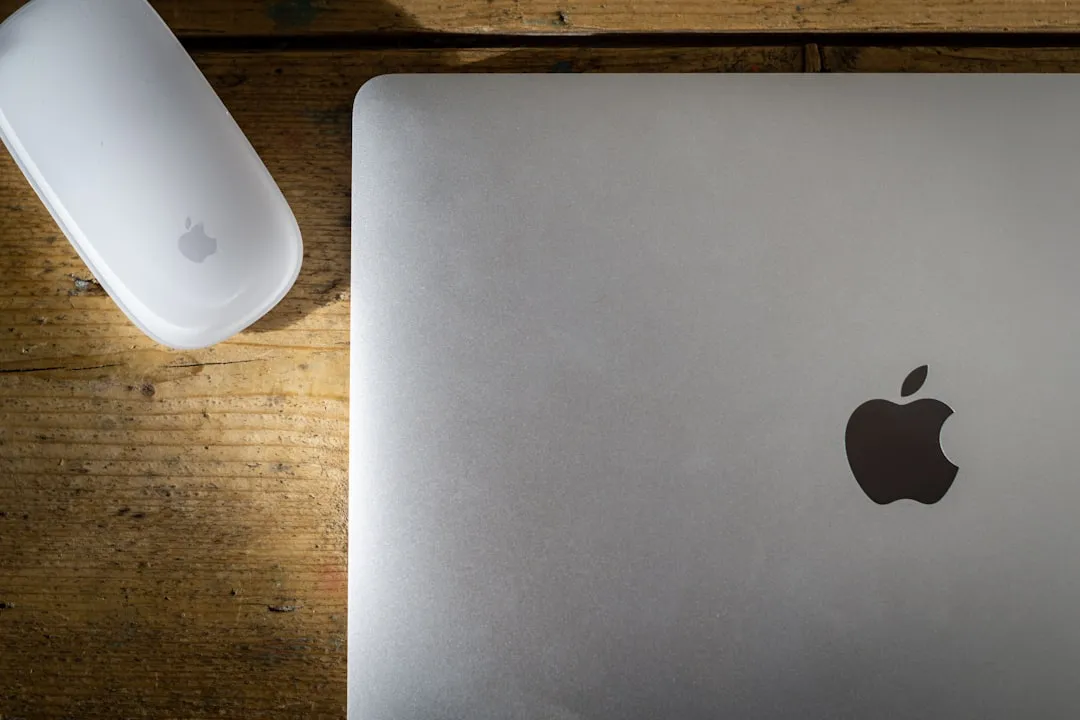

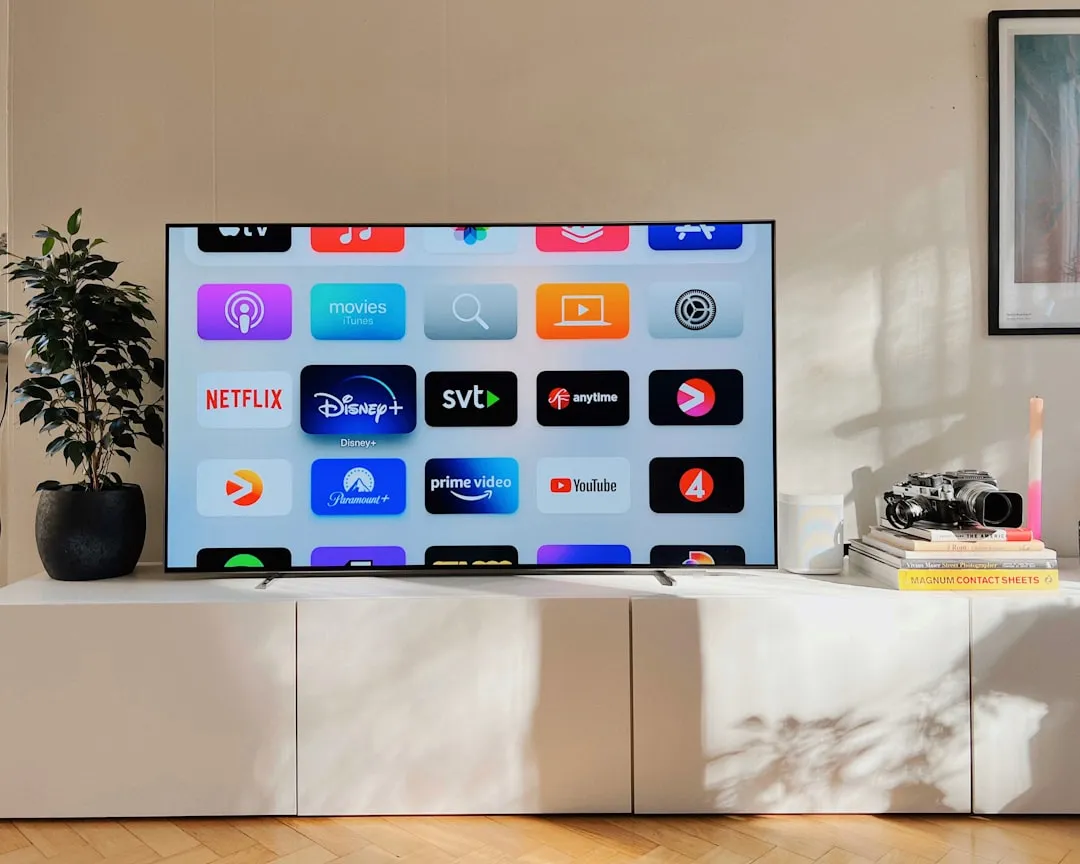

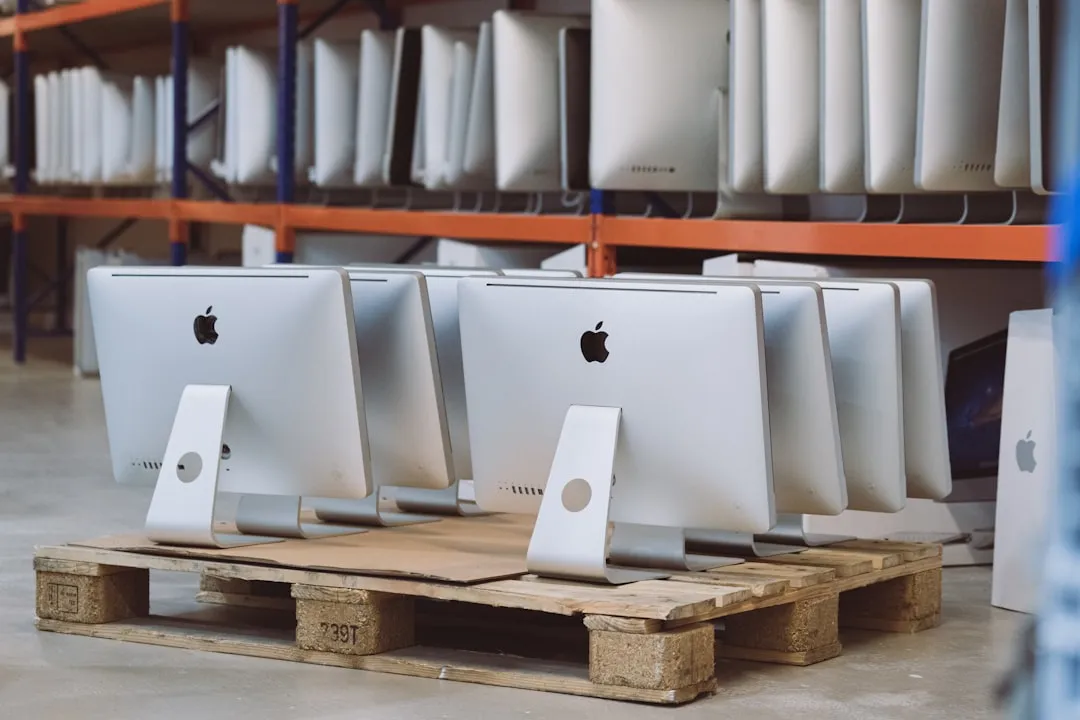
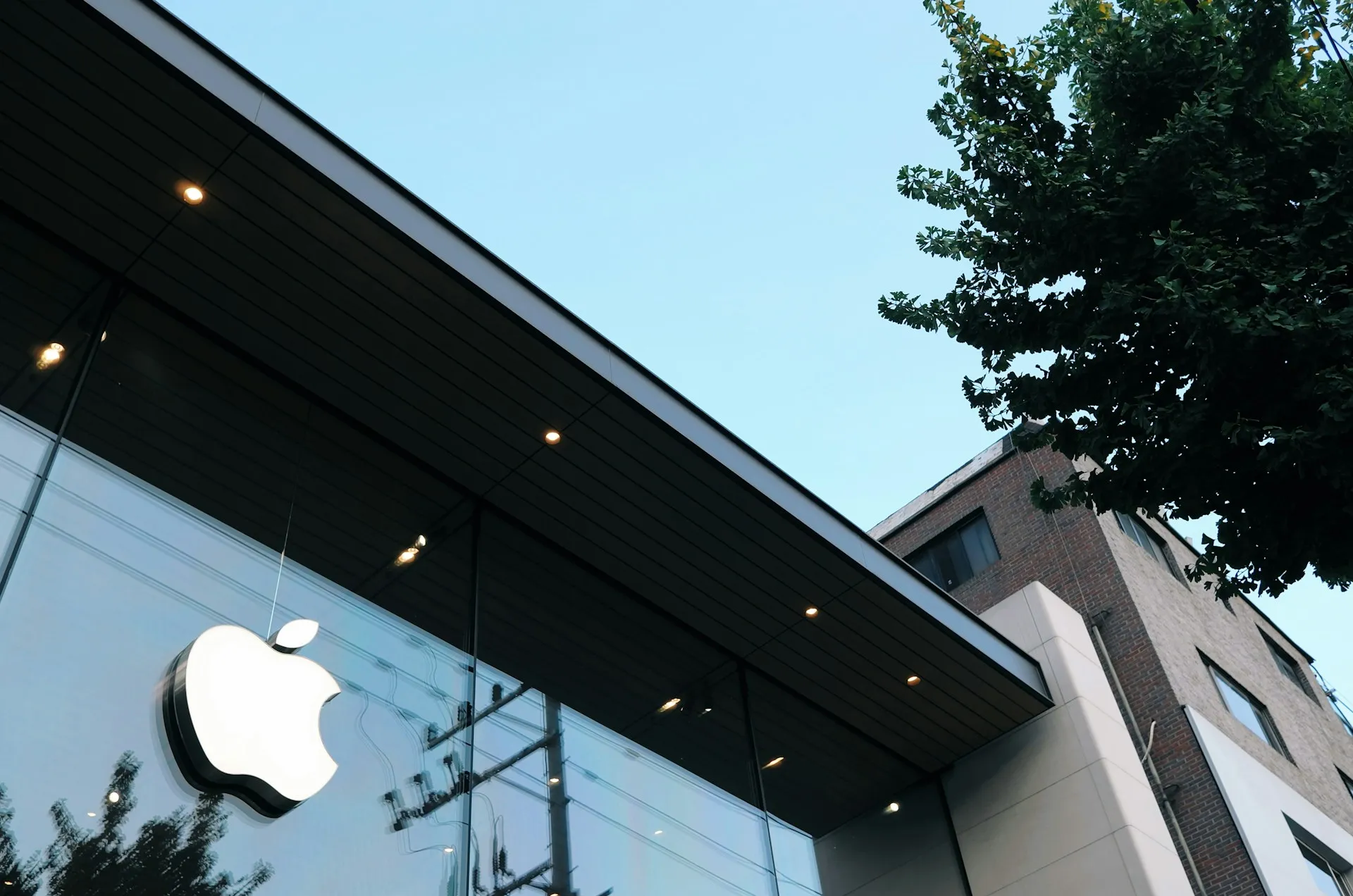

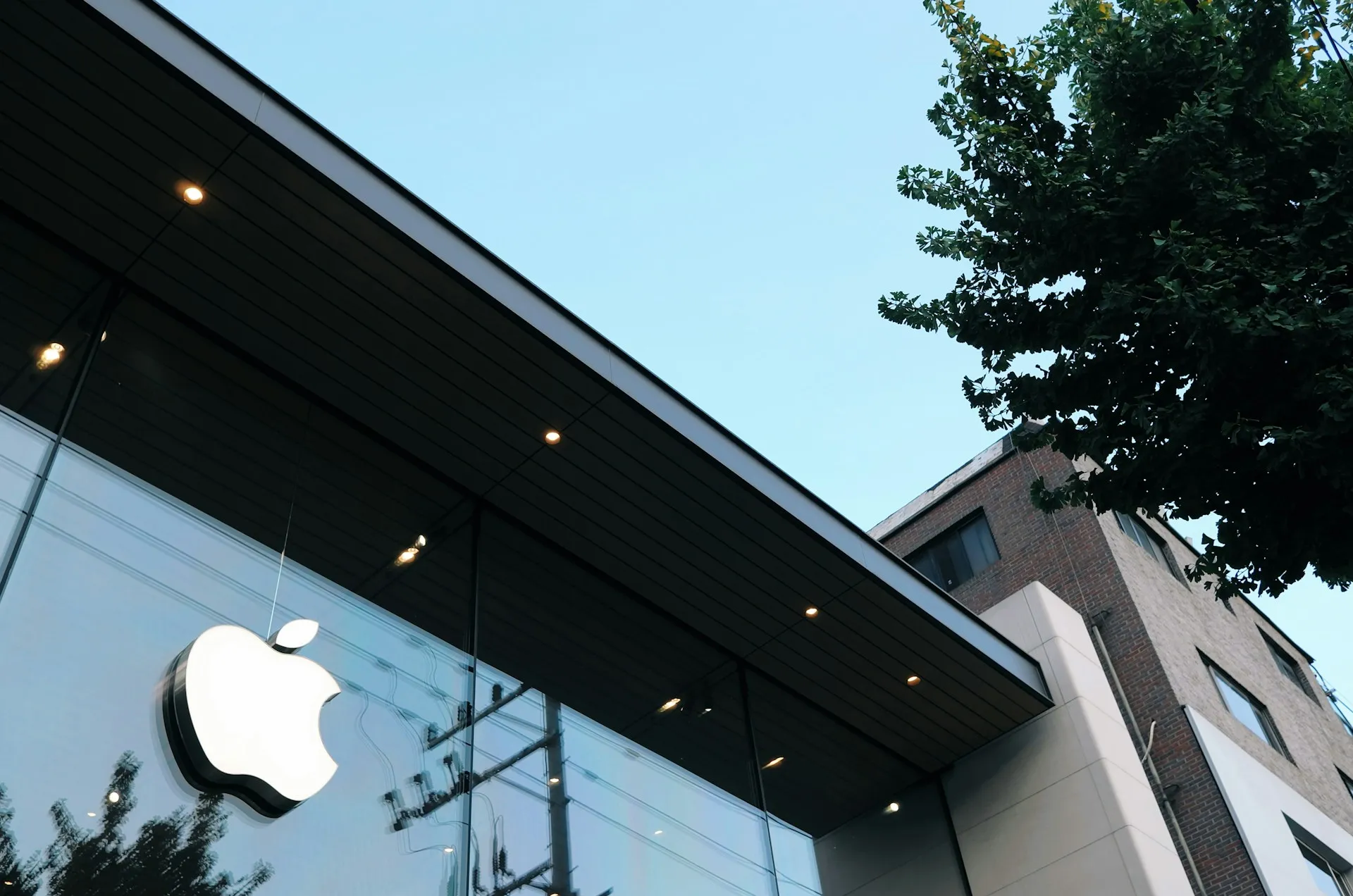
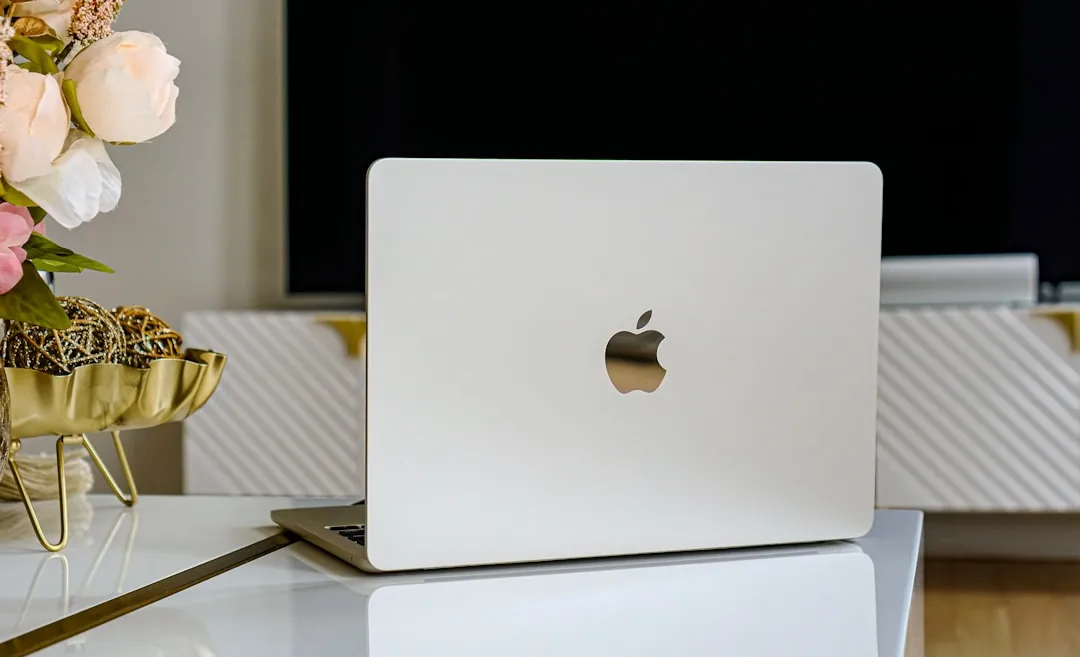
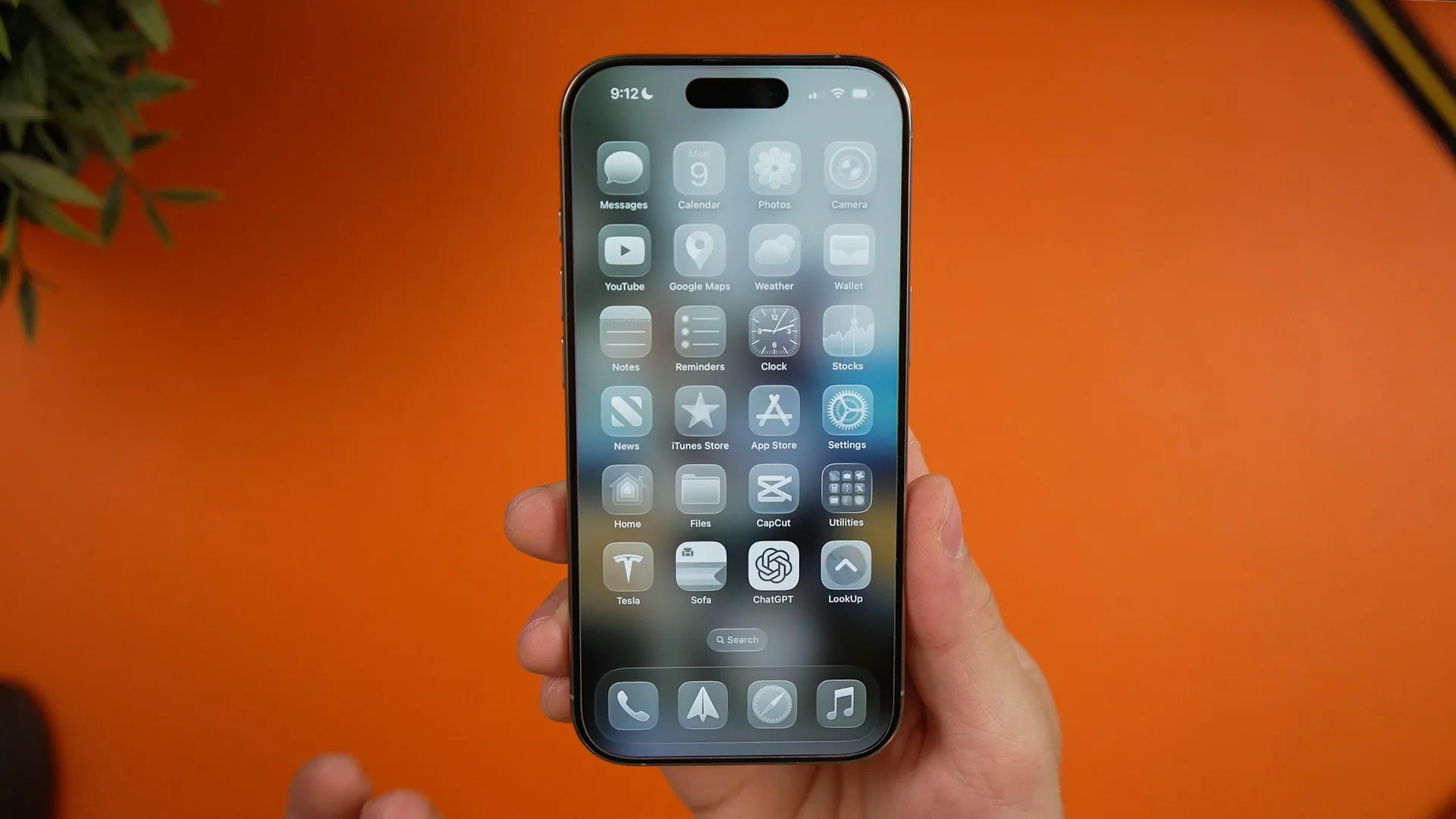



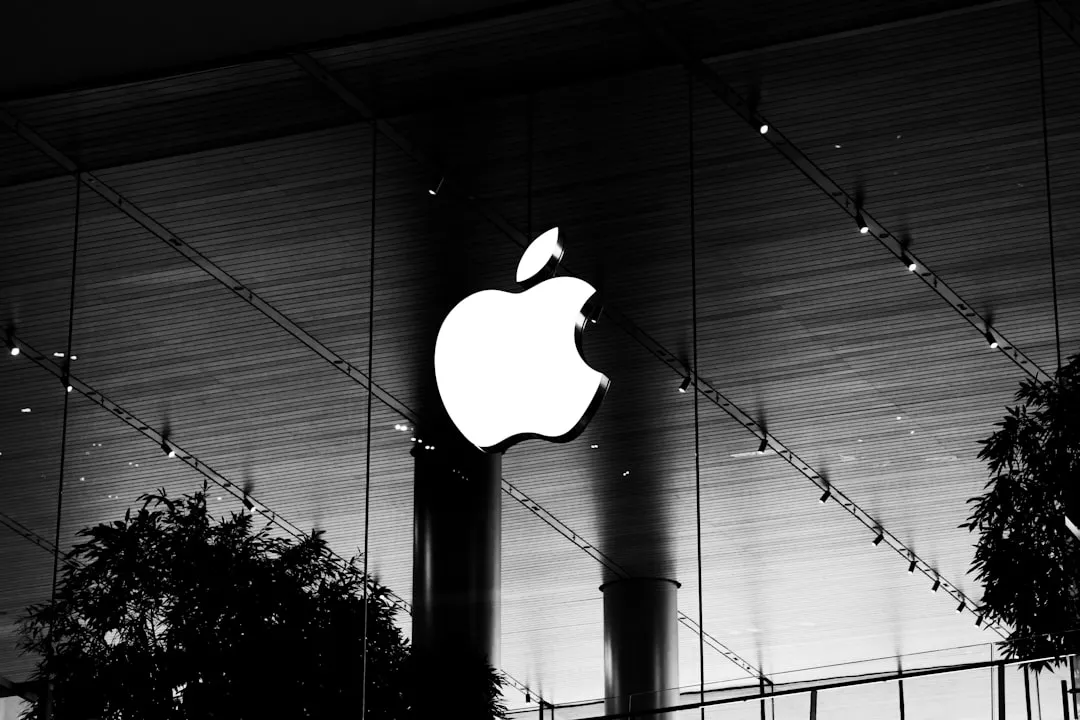

Comments
Be the first, drop a comment!